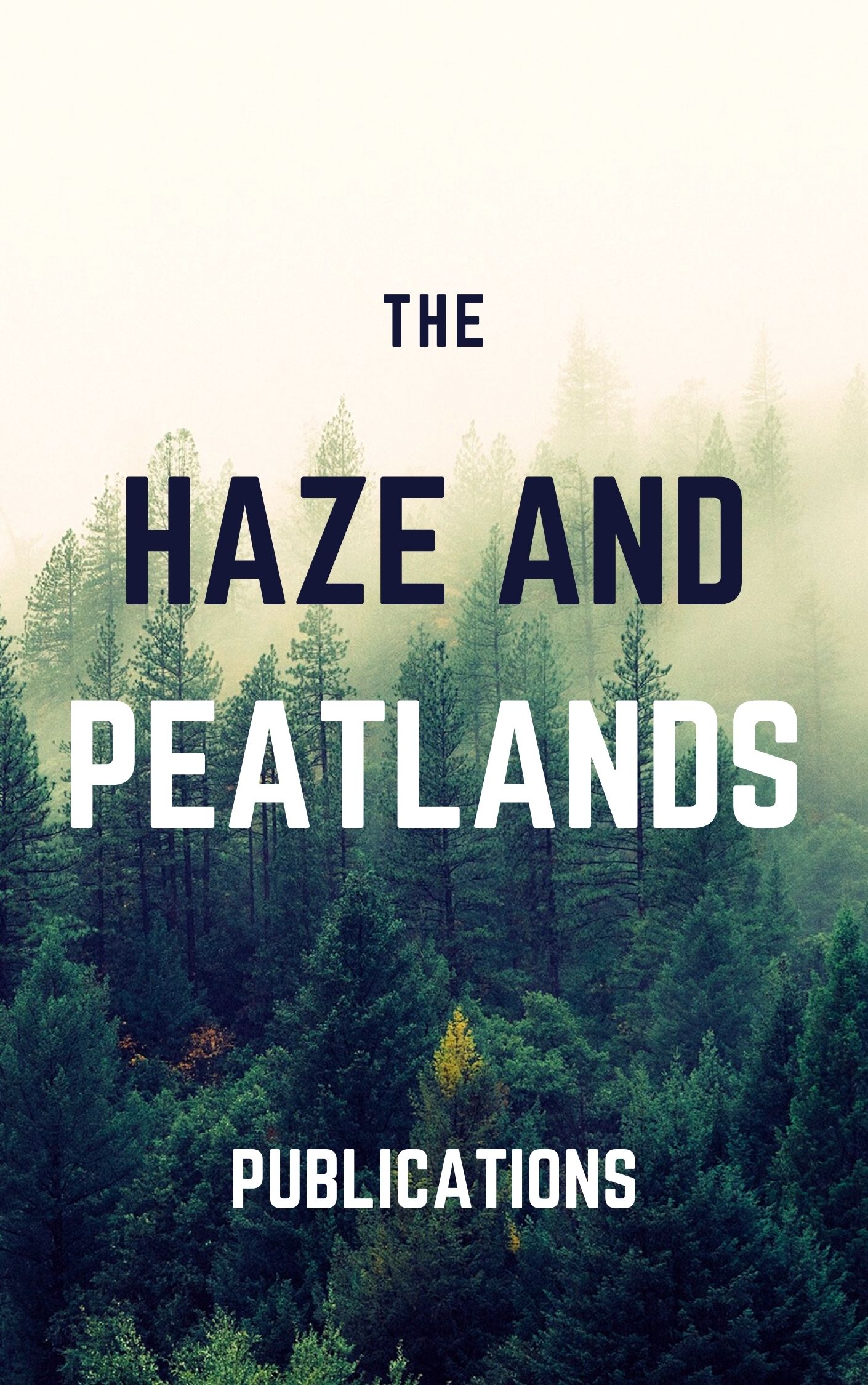Small mammal live-trapping was carried out in a dry tropical forest mosaic in Huai Kha Khaeng Wildlife Sanctuary, central Thailand. Trapping was done in two forest types in three seasons. Maxomys surifer was the dominant species in both plots. The three most abundant species in each plot accounted for > 90% of all captures. Community structure, density, relative abundance, biomass, age structure of populations, and habitat usage of some small mammal species varied by forest type and season. The dry evergreen/mixed deciduous forest type supported a greater abundance and biomass of small mammals than the mixed deciduous/dry dipterocarp forest type in all seasons, although species richness was the same. The greatest density, biomass, and home-range size for Maxomys surifer occurred in the rainy season in both forest types. Seasonal changes in ratios of adults and subadults of several species suggested a breeding peak at the end of the dry season or beginning of the rainy season. The mixed deciduous/dry dipterocarp forest showed a drastic drop in numbers, density, and biomass of small mammals six weeks after a fire burned through it. © 1992, Cambridge University Press. All rights reserved.
View source

